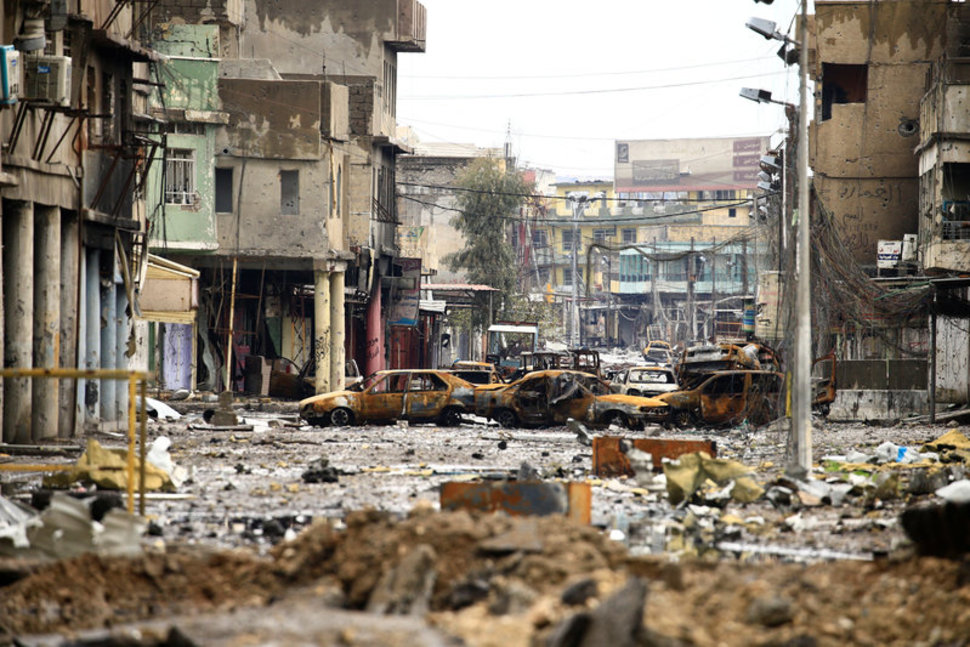The UN refugee agency said Friday that ISIS militants may be holding more than 100,000 civilians as human shields in the historic district of Mosul with a government offensive to recapture the northern Iraqi city entering its ninth month.
The UN refugee agency’s representative in Iraq Bruno Geddo said ISIS had been capturing civilians in battles outside of Mosul and had been forcing them into the Old City, one of the last parts of the city in their grip.
“More than 100,000 civilians may still be held in the Old City,” Geddo told reporters in Geneva.
“We know that ISIS moved them with them as they left… locations where the fighting was going on,” he said. “These civilians are basically held as human shields in the Old City.”
Iraqi forces are fighting to retake Mosul from ISIS, after the terrorist organization overran the city in 2014. The offensive started on October 17 with key air and ground support from a US-led international coalition.
“With virtually no food, water or electricity left in the area, the civilians are “living in an increasingly worsening situation of penury and panic,” Geddo said.
“They are surrounded by fighting on every side,” he said, adding the Old City “is a very dense labyrinth, a maze of alleyways where fighting will have to be done on foot, house by house.”
Snipers meanwhile try to kill anyone trying to leave the area under ISIS control, he said, adding that the few who manage to escape are “deeply traumatized.”
Since October, an estimated 862,000 people, more than a third of the pre-war population of the Iraqi city, have been displaced from Mosul, although 195,000 have since returned, mainly to its liberated east.
That means 667,000 people remain displaced, nearly all of them from western Mosul, and are living in 13 camps set up by UNHCR or with host families.
Geddo said the UN agency so far had provided assistance to more than 500,000 of the displaced people, and was also attempting to help those returning to Mosul, often to live in bombed-out buildings.
“Many of these people are returning … to situations of penury,” he warned.
